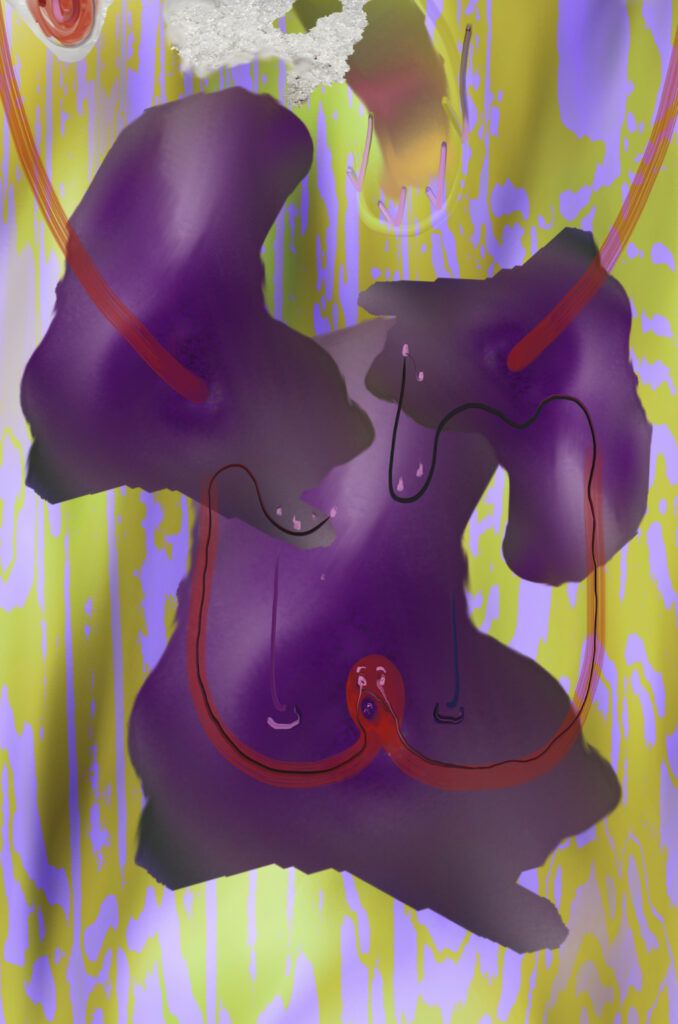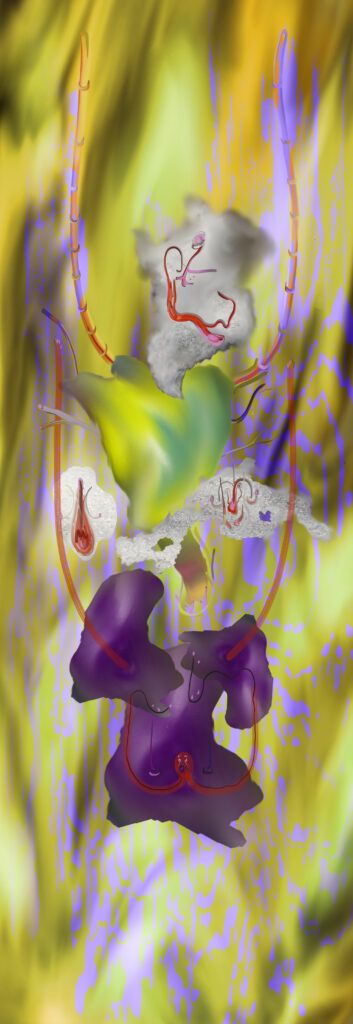
“He’s useless, he doesn’t work and he’s a carrier of foreign African diseases,” claim the neighbours of Zygmunt, a rural bank clerk who takes in and cares for an abandoned camel, originally from a circus. The film in question is the 2000 Polish production The Big Animal, directed by (and starring) Jerzy Stuhr based on a screenplay by the then-deceased Kieslowski. The complaints of the neighbours seem to sum up our (human) relationship to anything that is somehow out of the norm. “Don’t we have enough of our, human animals here?” Zygmunt’s colleague asks. The camel in the film, though otherwise taken as a peaceful and quite attractive animal, is not ours and becomes non-human.


Liminal animals
We usually classify animals as either domestic or wild. But there are also those that fall somewhere in between – in the 2011 book Zoopolis by Sue Donaldson and Will Kimlicka, they are described as liminal animals. These animals are often invisible (rats, in other countries they are foxes or raccoons) or they annoy us by being seen everywhere (pigeons). We humans feel that they should live elsewhere (like Zygmunt’s camel), they are freeloaders, parasites and, moreover, they lack reason: after all, they would be much better off in the wild! But these animals have been living in cities for centuries thanks to the course of our civilization, they belong to it. The stories we tell ourselves keep them in the liminal state, making them repulsive monsters inspiring fear. Sans xenophobic disgust, how can we include these disease carriers, who do not fit into our hygienically sterile world full of dualisms with clear boundaries, into the open family of human and non-human beings, a symbiotic balance talked about by philosopher Donna Haraway, for example?


Monsters are wonders and threats
The monstrosity of animals and organisms is often rightfully frightening: an invasive species can destroy the ecological niche of other creatures; the monstrous tentacles of our human activity impact perhaps every place on the planet. We no longer know what is right – but what is certain is that these animals share planetary space with us, whether we like it or not. For some theorists and artists, our cohabitation with them is a springboard for deeper thinking about the present. “Monsters are useful figures with which to think the Anthropocene, this time of massive human transformations of multispecies life and their uneven effects. Monsters are the wonders of symbiosis and the threats of ecological disruptions,” write the authors (including anthropologist Anna Tsing) in the introduction to Arts of Living on a Damaged Planet. This ambivalence also applies to liminal animals, and not just because the number of anomalies around us increases. The problem with these animals is also that we don’t actually encounter them in real life – we perceive them mainly indirectly, through images and stories. Artworks that depict animals or work with them in any way also either convey the artist’s experience of the animal or otherwise put us in the role of observer. Yet they often do so more critically than, for example, spectacular documentaries or videos of cute kittens.
Monsters casting their gaze
A specific role is played by the works of Australian artist Patricia Piccinnini who uses silicone, human hair and other materials to create new artificial beings – half animal and half human. Rosi Braidotti, a posthumanist philosopher, writes about her work, criticising the very objectification of non-human beings: “As object of simultaneous wonder and fear, admiration and disgust, they cause a disturbance in the status quo, evoking a mixture of fascination and loathing. Whatever the response, they are culturally produced as sensational objects of visual display.”



Queer Vitruvian model
Patricia Piccinnini’s monsters are not alive (yet), our society boldly creates liminal hybrids and does not consider them scary monsters. However, it should urgently ask itself newly emerging ethical questions: to what extent do we make cows happy by putting headsets on them and letting them live in virtual reality? To what extent can we afford to use the CRISP method to genetically modify animals to help us humans? The OncoMouses that Donna Haraway talks about live to make a sacrifice for us. Likewise, cloned pigs will exist because of the need for hearts, subsequently transplanted to humans. Don’t these techno-optimistic innovations and visions still repeat the same humanist, modernist and capitalist narrative that we so badly want to get rid of? Descartes’ model of the mechanical working machine-animal is still here.
If animals remain invisible to us, we will not encounter their physical bodies, we will not feel their wildness, and we will not even perceive what connects us to them: emotions, sense of pain, joy, cooperation, (family) life. In addition, liminal animals show us other strange aspects that also appear in us humans. In contact with them, even our human label has no fixed boundaries. We are also borderline monsters, queer, hybrid, animalistic, robotic, changing in time and space, fluid, consisting of many entities, growing and shrinking, always in process. The Vitruvian model of the ideal human is imbued with bacteria, fluids, childhood and old age, our relationships and the environments we move in, think about, and complete. Most of us fall out of the da Vinci’s circle and square or don’t fit into it. And what is around us permeates us and we in turn permeate it – this is also the reciprocal experience whose necessity is mentioned by philosopher and ecologist David Abram.
Zygmunt playing the clarinet to a singing camel may be one of the infinite images showing our encounter with the strange animal. If we believe in art that can shake us up and emotionally affect us, and become “an active perceiver who does not look for superficial appeal in the sphere of art but appreciates, for example, the disruption of established patterns,” as aesthetician Tereza Hadravová writes about it, we have not lost yet. We can also care for liminal animals, taking them as beings who have the right to life just as we do. Because there is no such thing as normal.





